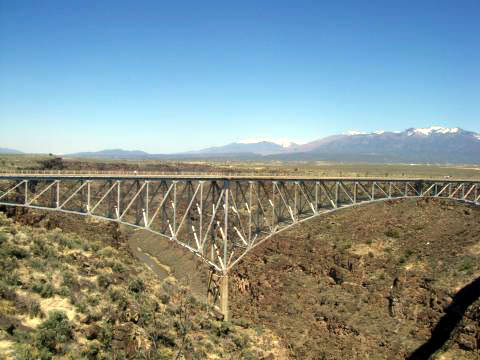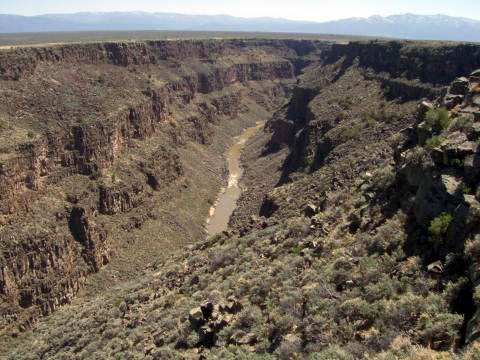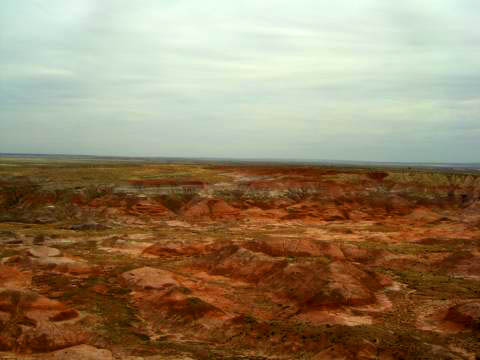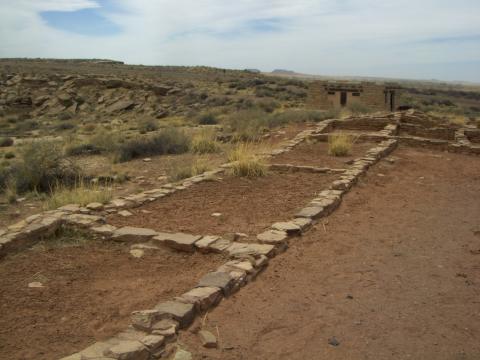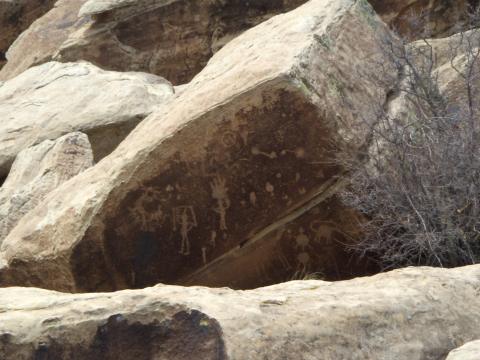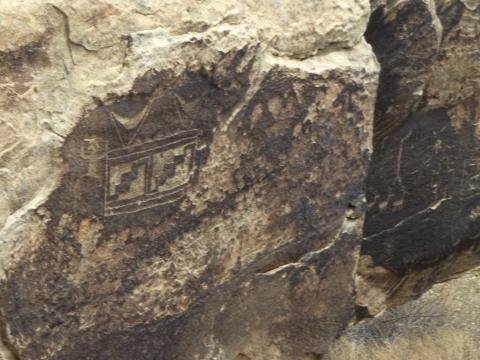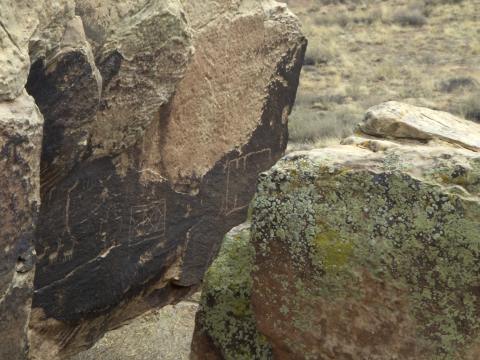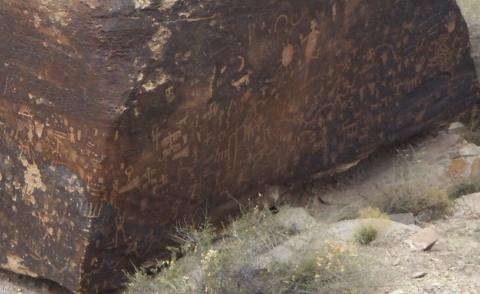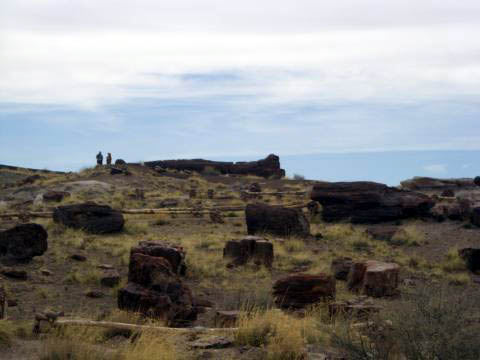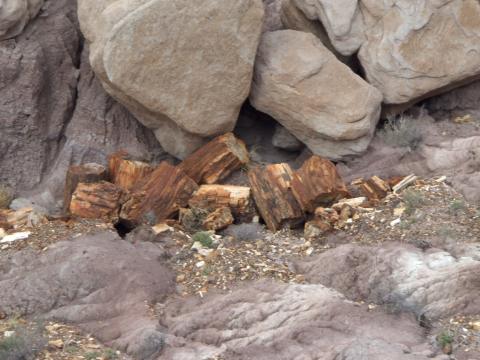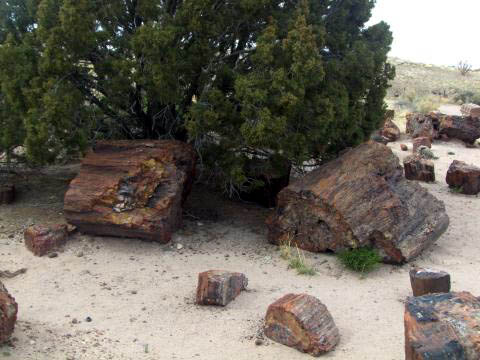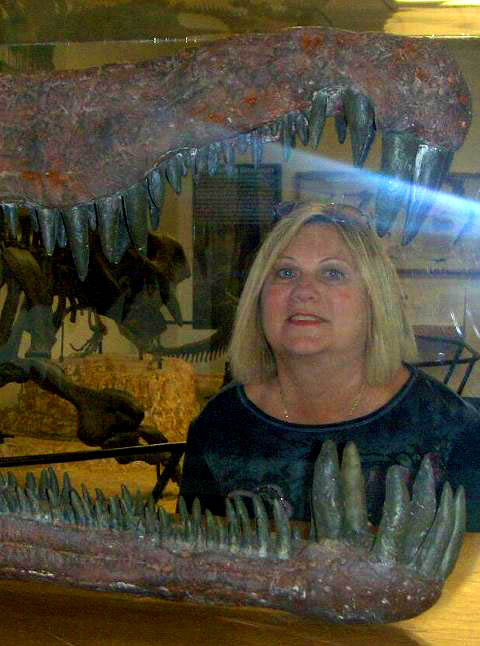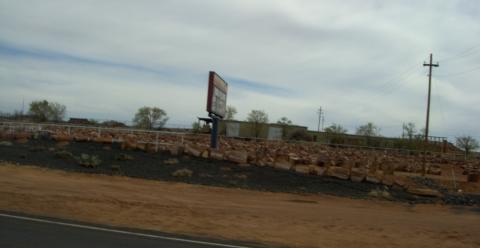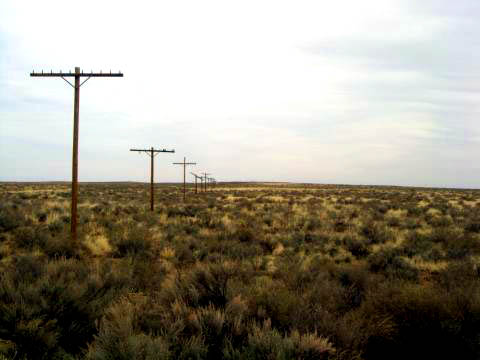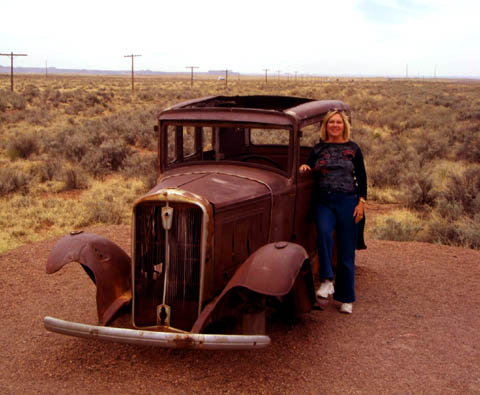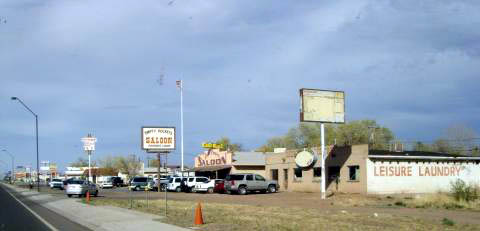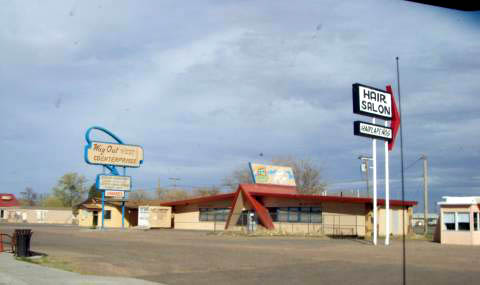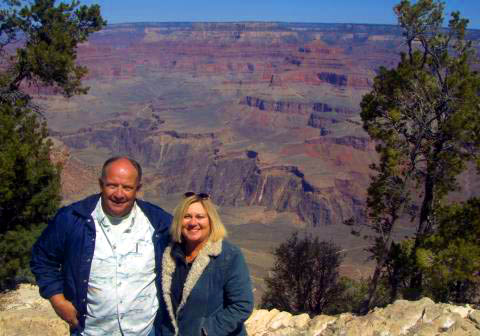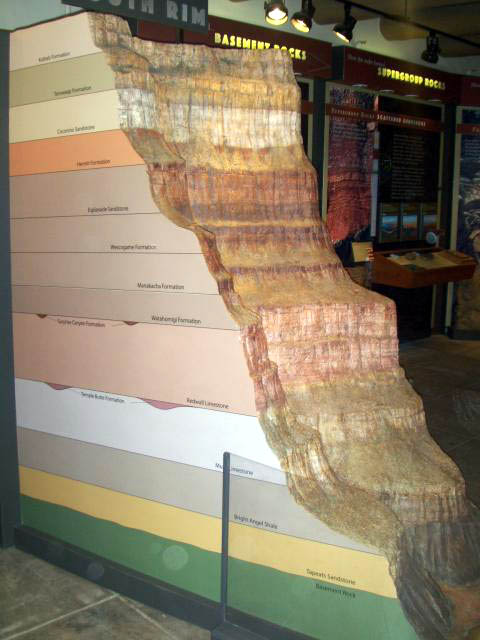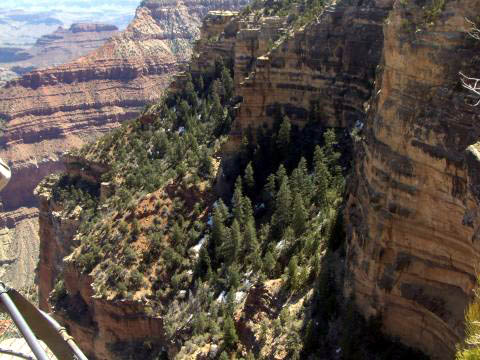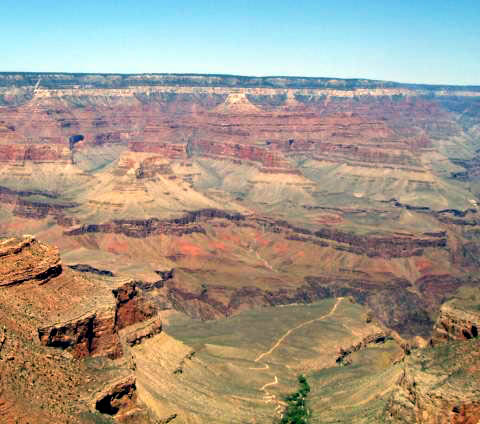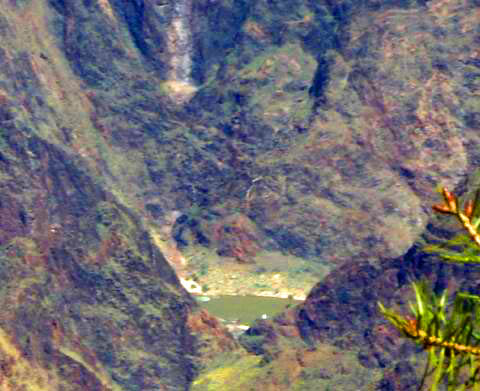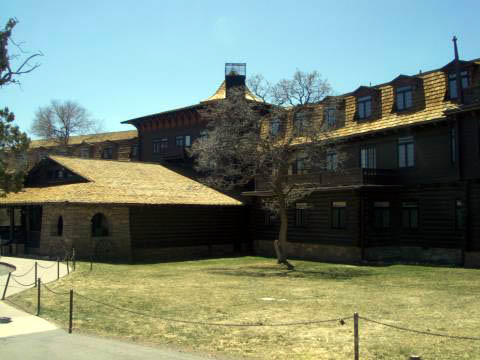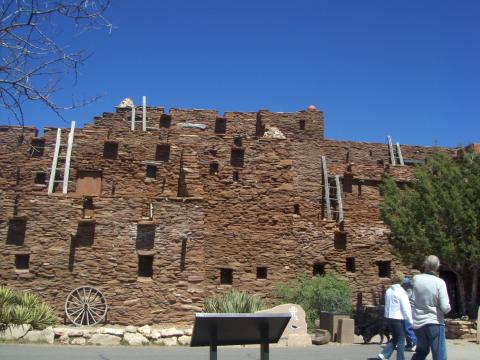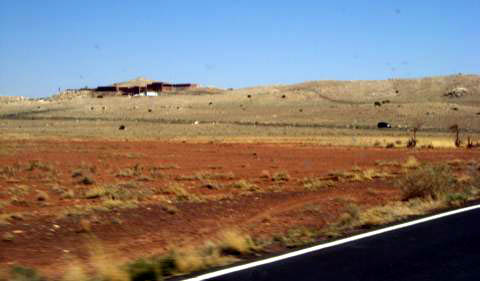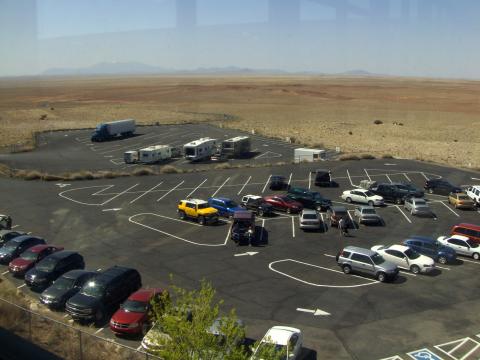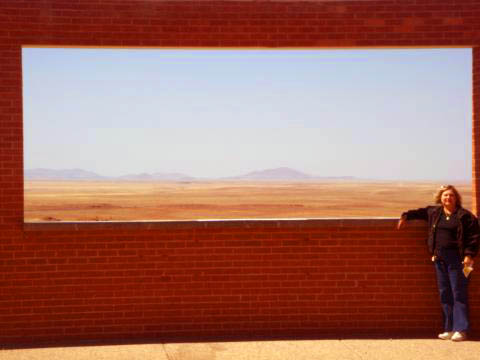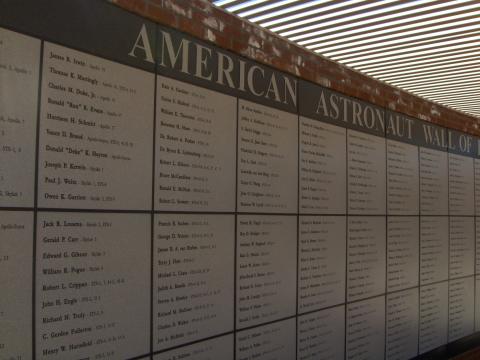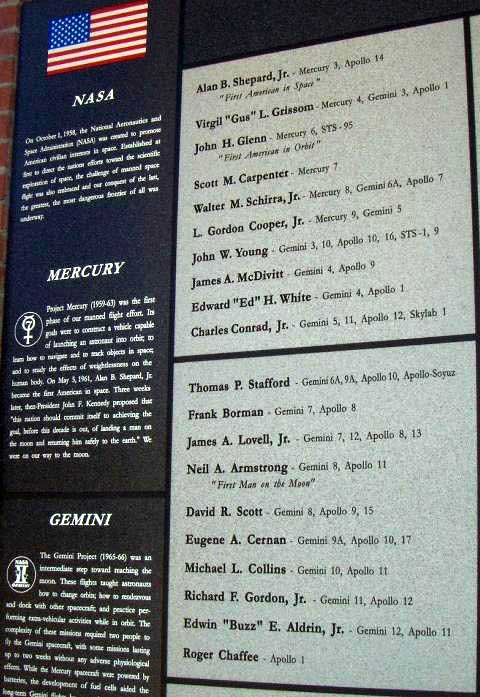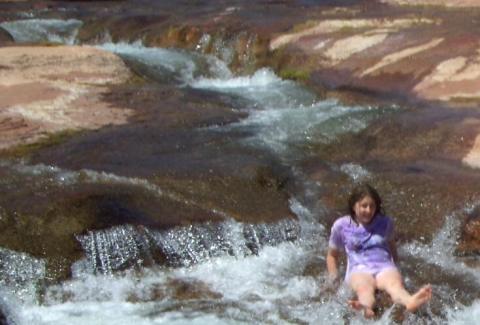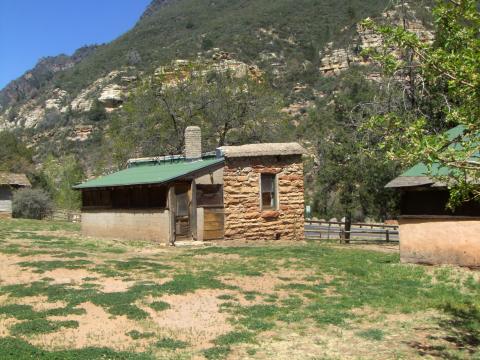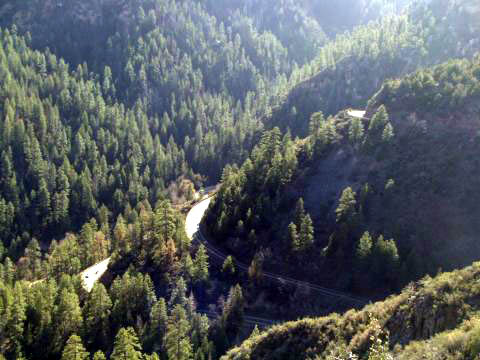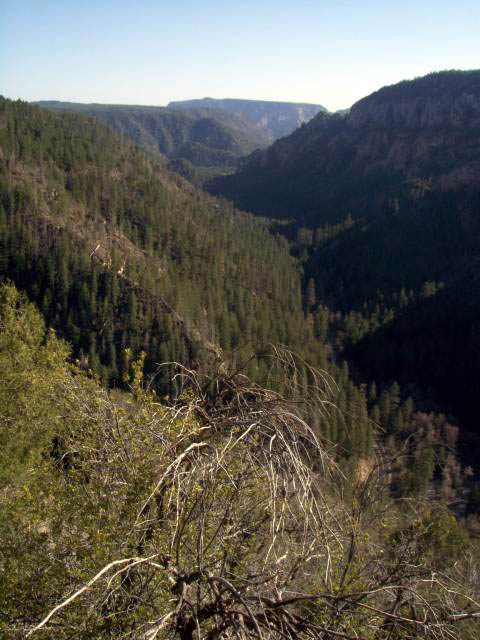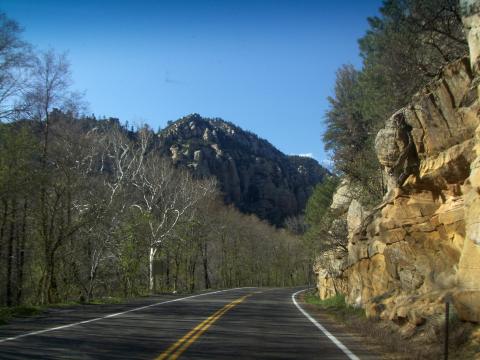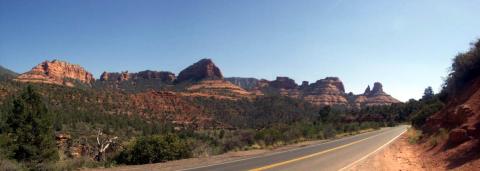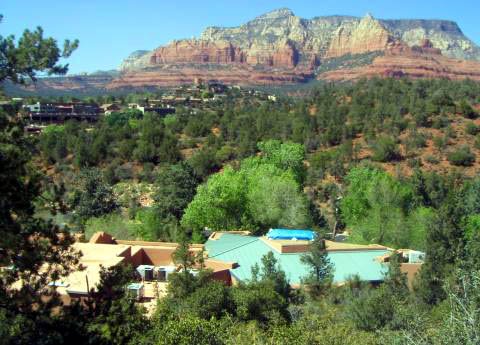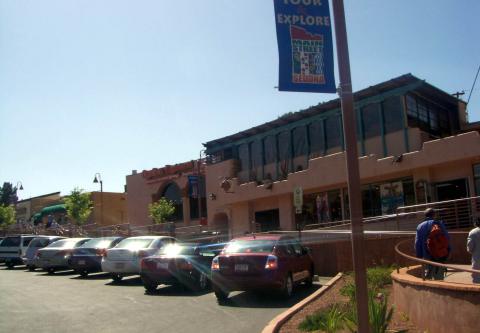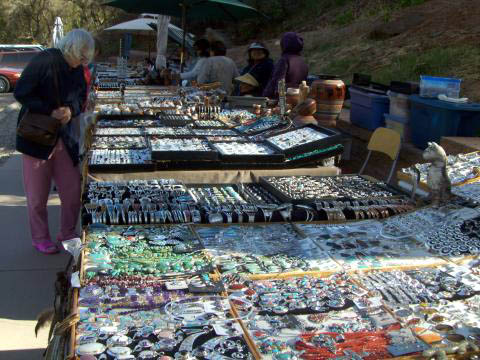
On our fast paced journey east toward Texas, we stopped and visited Santa Fe and Taos, New Mexico. These are two of our favorite towns.
SANTA FE
Santa Fe occupied by the Pueblo Indians from the year 1050 until 1607 and was established as a town by the Spanish in 1610. It is the oldest capital city in North America. You can read more about the history of Santa Fe at: http://www.thesantafesite.com/history.html.
If you’re looking for things Southwest, this is the place to come. The square is filled with shops loaded with beautiful art, jewelry, furnishings, and clothing. Local Indians line the square to sell their arts and crafts.
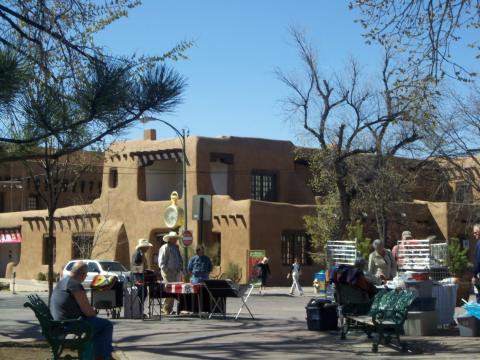
The La Fonda Hotel is a good place to stop for a drink or at least to look around. The bar is very comfortable and, oh yes, quite expensive.
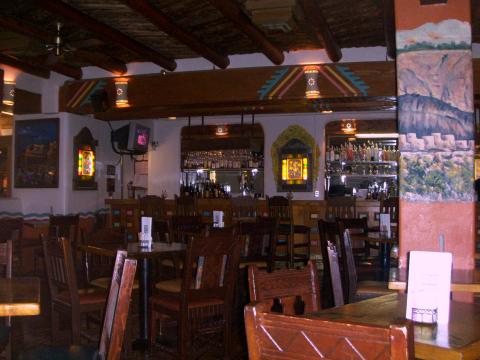
Santa Fe is famous for its doors. As a matter of fact, there are merchants in Santa Fe that sell nothing but doors. This photo shows some of the painted glass-work that can be found on doors at the La Fonda Restaurant.
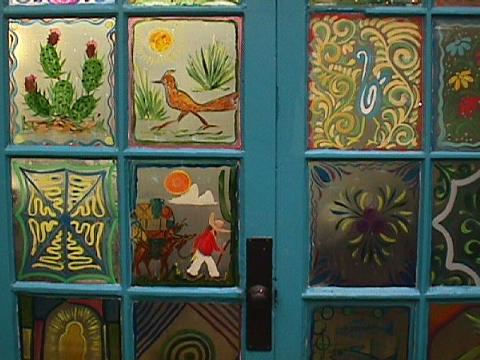
The Loretto Chapel is another must see location in Santa Fe.
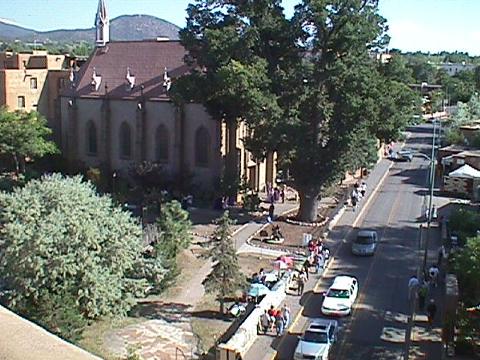
Inside the chapel there is a mysterious spiral staircase that makes two full revolutions and has no visible means of support. It was also built without the use of nails. Information on the legend of the staircase can be found at: http://www.lorettochapel.com/staircase.html.
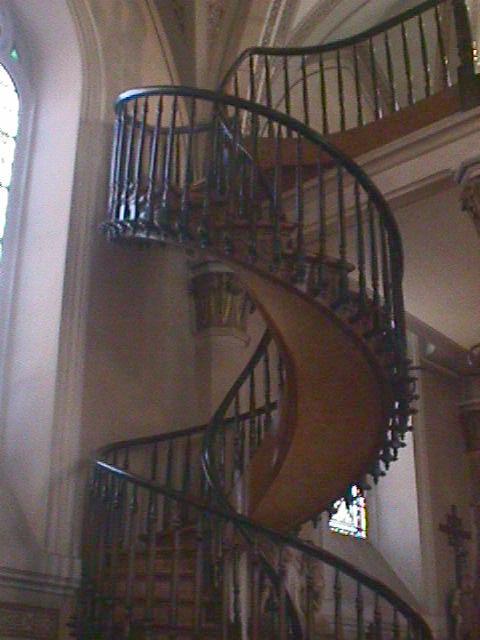
When heading north from Santa Fe you’ll come across Camel Rock.
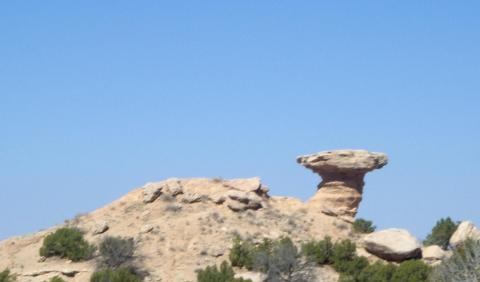
Camel Rock seems to have become another excuse for a casino. Casinos litter the landscape north of Santa Fe.
BANDELIER MONUMENT
About 30 miles north of Santa Fe, near Los Alamos, you will find the Bandelier Monument. If you do nothing else on your visit to Santa Fe, this is a must stop at least once in your life. For about 10,000 years, the ancestors of the Pueblo Indians made dwellings in the cliffs and built ceremonial structures in the surrounding wilderness. Don’t miss it.
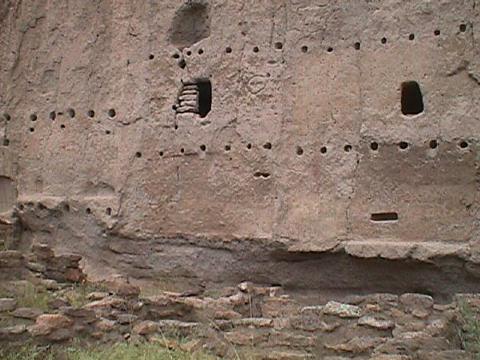
Gotta watch that first step.
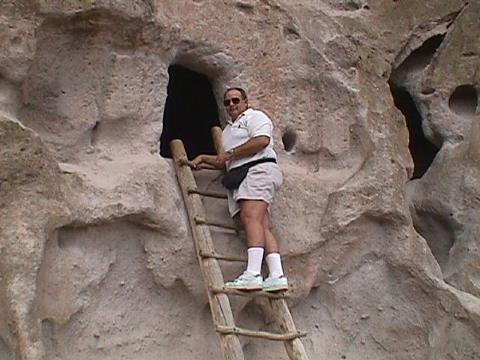
More information about the Bandelier National Monument can be found at: http://www.nps.gov/band/.
TAOS
Tinka’s cousin, Steve, has been living in the Taos area for over 20 years. So, with only a couple of days notice, we descended upon Steve for a visit of this beautiful location. This worked out well, because, unknown to us, some years back Steve had been a tour guide in the area.
There are basically two ways to get from Santa Fe to Taos. The low road, which follows along the Rio Grande River, is the most direct route.
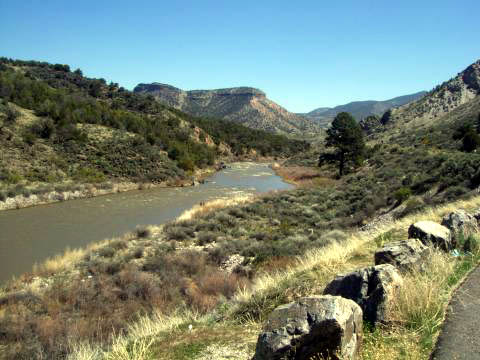
I don’t think that this much water ever makes it to the Texas and the Mexican border. This is the road that we took on our way to Taos.
The other route is the high road, which reaches altitudes of 9500 feet. We chose this one for our return trip. Yep, that’s snow, you know, the stuff we have been trying to avoid for 6 months.
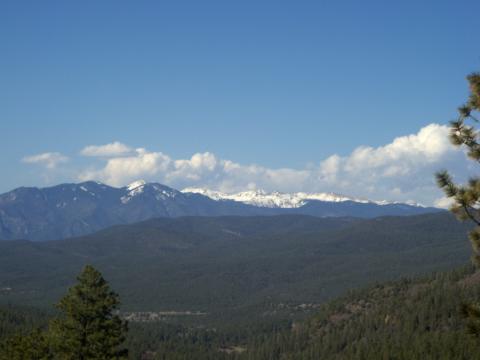
Back in 1772, the San Francisco de Asis Mission was built in Taos.
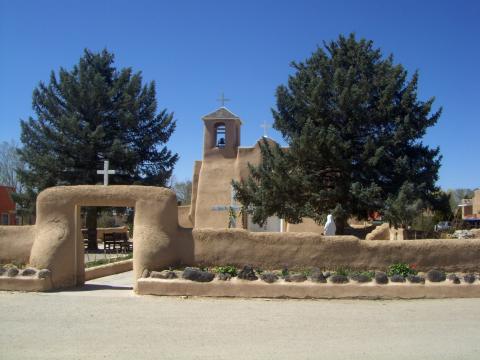
The mission is made of adobe and the walls are several feet thick and was used as a defensible location when the community came under attack in less friendly times.
Adobe structures require annual maintenance to keep them from becoming a pile of mud and straw. Each summer the building must be resurfaced with new mud. This is a shot of the corner of the mission. You can see the straw showing through to the surface.
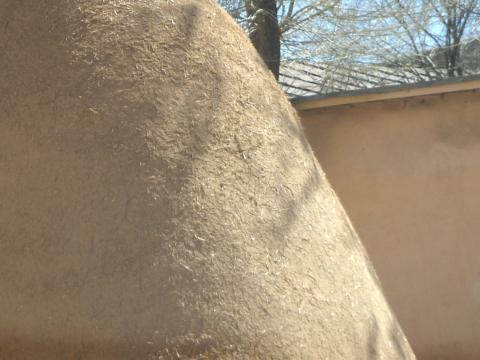
A building across the street has not had the tender loving care granted to the mission.
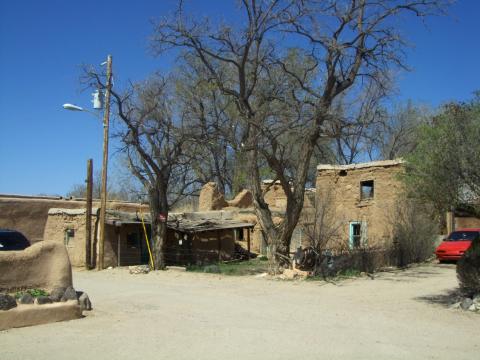
I guess they have a law requiring adobe style design because that is all that can be found throughout most of New Mexico. Newer adobe style buildings have modern surfaces that don’t require the annual mud resurfacing.
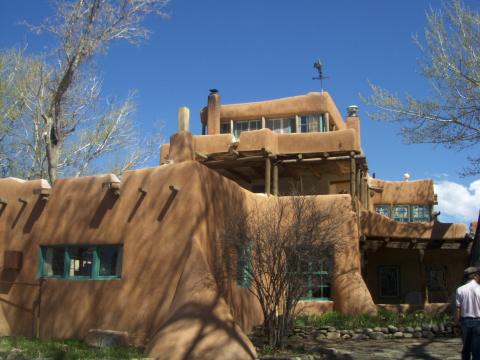
Dennis Hopper, who fell in love with the area while filming the movie Easy Rider, bought the house shown above. It is now a bed and breakfast. As you can see by this photo of Tinka and Steve, some of the doors inside the B&B are a little small for Rick.
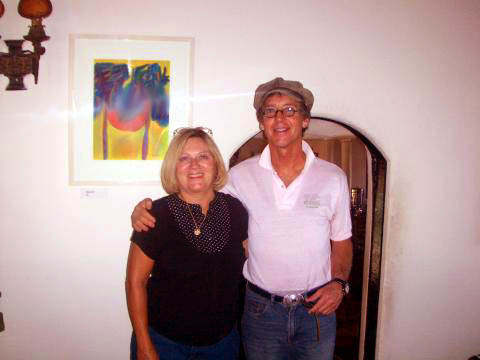
Just outside of Taos is a bridge across the Rio Grande Gorge. The bridge is 650 feet above the river below. (Click on Photo for Panoramic Shot.)
Looking up the gorge from the bridge is a fantastic view. (Click on Photo for Panoramic Shot.)
The Taos Pueblo is an Indian community that has been continually occupied for over 1000 years. It is one highlight that we didn’t have time to visit. We’ll make sure that we go there on our next visit.
We want to thank Steve for taking time to show us around. On our next trip, we’d like him to bring along his neighbor Julia Roberts. We’ll spring for lunch.
